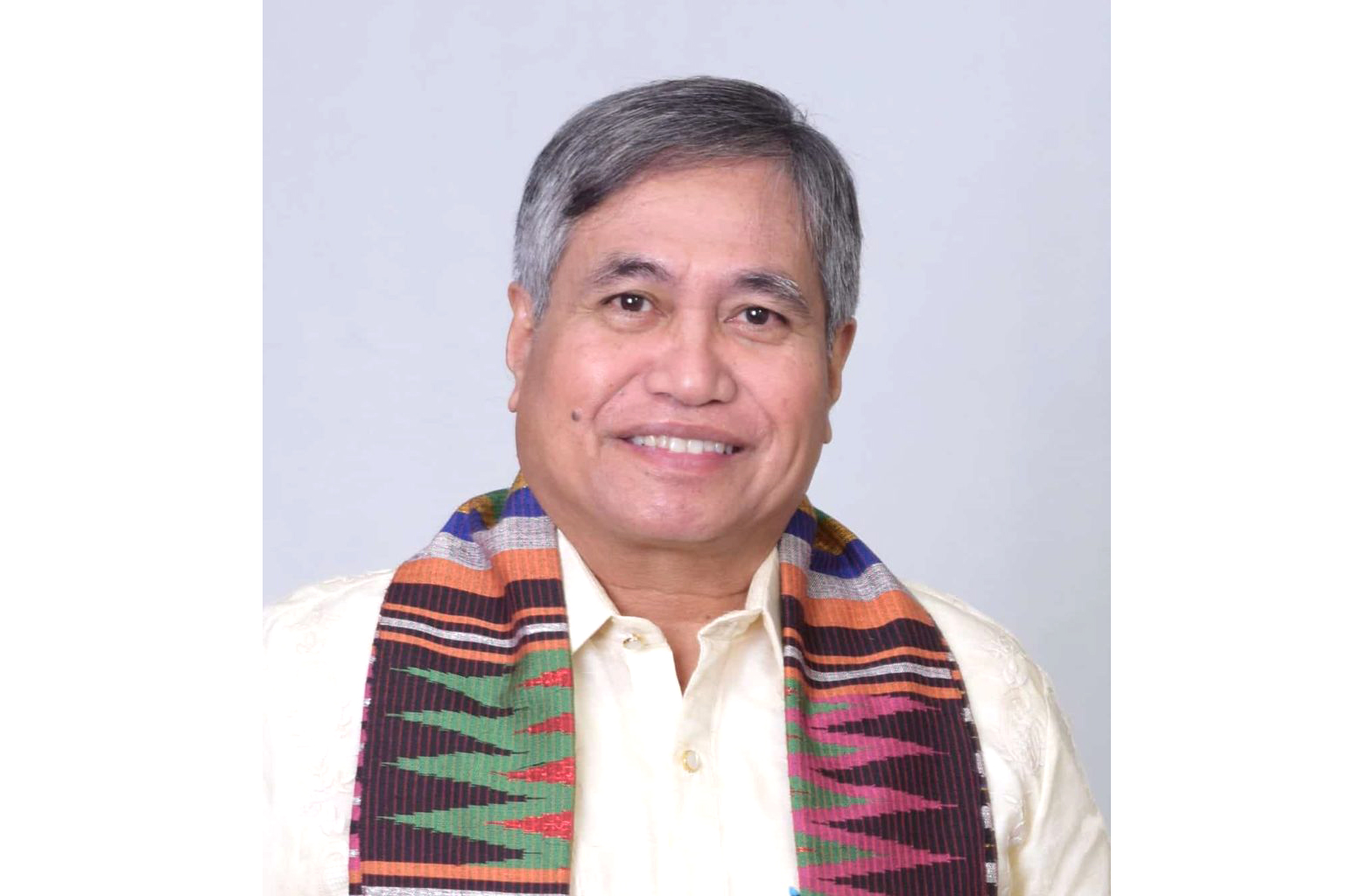FROM THE MARGINS

Last Aug. 22, I had the privilege of attending the launching of the “Conflict Alert Triennial 2021-2023 Report” by the Council for Climate and Conflict Action Asia (CCAA), an independent local NGO dedicated to promoting sustainable and lasting peace by addressing the inter-connected challenges of climate and conflict. Previously known as International Alert Philippines, CCAA had developed interoperable platforms that provide data and researches on the causes and impact of rebellion-related and community-level conflicts in Mindanao.
The book launch was well-attended, with about 200 guests from the national and local government, Bangsamoro Autonomous Region in Muslim Mindanao (BARMM) officials, academicians, researchers, peace builders, civil societies, NGOs, and media representatives.
Tasked to give the closing remarks, I happily congratulated CCAA for their insightful report on the conflicts that happened in the Bangsamoro Region in the last three years. The data they collated is crucial to ensuring lasting peace, as it explores the complex dynamics that have led to the resurgence of violence in the region.
Long road to peace
It appears that the road to peace is one that stakeholders need to traverse with commitment and diligence. CCAA’s video presentation highlighted the report’s finding on the resurgence of violence starting in 2021, even warning about possible escalation in conflicts due to the coming regional election in 2025. These findings were examined by the key stakeholders in a panel discussion, where government representatives highlighted the many progress that has been made through the Bangsamoro peace process.
I learned a lot from the panelists, which included Prof. Francisco Lara Jr., CCAA’s executive director; Undersecretary Cesar Yano from the Office of the Presidential Adviser on Peace, Reconciliation, and Unity; Director Marvin Mohamad of the BARMM Ministry of Interior and Local Government; and Senior Political Analyst Georgi Engelbrecht of the International Crisis Group.
While I was saddened by CCAA’s finding of resurging violence in the mainland provinces of Maguindanao and Lanao del Sur, I was pleased to find out that the island provinces of Basilan and Sulu are becoming more peaceful. The government’s adoption of a holistic approach, including mediation and reconciliation for warring clans in the region is reassuring, since CCAA found that clan feuding over land, political authority, and state resources often resulted in violence. The Iranun Reconciliation Council, where mayors from Parang, Matanog, Barira, Buldon, and Sultan Mastura work together to address rido or clan wars has proven effective and is worth emulating.
Much has been achieved in the peace process, but I support appeals for the strengthening of monitoring systems and key areas in the region, to ensure the protection of vulnerable groups like women, children, and indigenous peoples.
Contributing to peace efforts
After the program, I had an interaction with Prof. Lara and other peace builders in attendance. We had an interesting discussion after I shared some microfinance institutions’ ongoing efforts to provide financing to Muslim communities. My group’s opening of the first Islamic banking branch in Cotabato City in January was a landmark initiative towards financial inclusion and the provision of much-needed financing to our Muslim brothers and sisters. According to field reports, many ex-combatants are now getting access to finance for their livelihood projects. In fact, I was informed that some microfinance staff are sons and daughters of ex-combatants. Our experience indicates that microfinance can really contribute to the peace process by providing support for livelihood activities and community development programs.
Economic activity is one of the keys to turning a conflict zone into one of peace. Microfinance, by providing capital to local entrepreneurs, stimulates economic activity and provides employment in the community. Economic activity has a multiplier effect – providing opportunities and incentives for people to turn away from violence and toward improving their livelihood through the local market. I am glad that in our own little way, we are contributing to efforts to solve poverty and find peaceful solutions to conflicts in Mindanao.
Toward lasting solutions
Another thing that I learned from attending CCAA’s forum relates to the intersection of climate and conflict in Mindanao, and why it is an urgent concern that requires our collective action. I am glad that CCAA is leading the way for the collection of data and the conduct of researches that deepen our understanding of the impact of climate and conflict risks on communities. I especially appreciate their strategy of working with local communities in monitoring and analyzing the dynamics of conflict, peace, and development.
Despite the significant strides made in recent years, the persistence and resurgence of violence demand our unwavering commitment to peace. I hope all the stakeholders, especially the national government, BARMM, and local authorities, can come together to discuss options and innovative approaches that go beyond the cessation of violence. Clearly, the key to lasting peace in Mindanao is related to poverty alleviation and equitable socio-economic development.
* * *
“Peace cannot be kept by force; it can only be achieved by understanding.” – Albert Einstein
(Dr. Jaime Aristotle B. Alip is a poverty eradication advocate. He is the founder of the Center for Agriculture and Rural Development Mutually-Reinforcing Institutions (CARD MRI).)